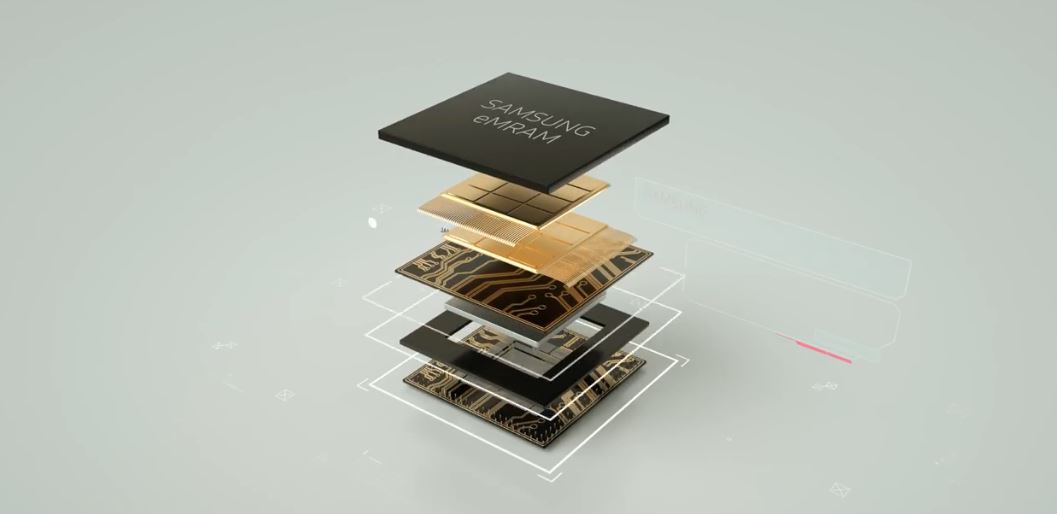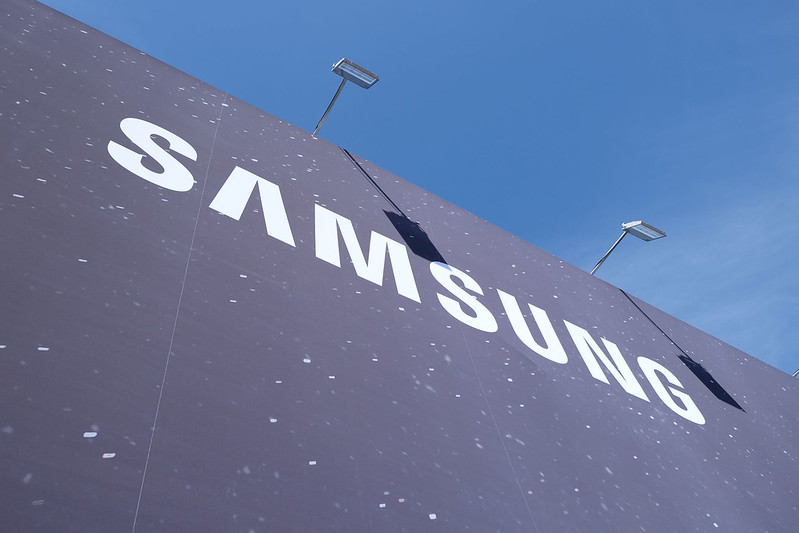Samsung is reportedly turning its attention to the emerging MRAM (Magneto-resistive Random Access Memory) memory market with the aim of expanding the use of this technology to other sectors. According to South Korean media, the technology giant hopes that its MRAM memories will find their way into areas other than the Internet of Things and AI, such as the automotive industry, graphics memory, and even wearable electronics.
Samsung has been working on MRAM memories for several years and began mass-producing its first commercial solution in this area in mid-2019. It produced them using the 28nm FD-SOI process. The solution had limited capacity, which is one of the drawbacks of the technology, but it was reportedly applied to IoT devices, artificial intelligence chips, and microcontrollers manufactured by NXP. Coincidentally, the Dutch firm could soon become part of Samsung, if the tech giant will move forward with another wave of acquisitions and mergers.
Analysts estimate that the global market for MRAM memories will be worth 2024 billion dollars (roughly 1,2 billion crowns) by 25,8.
How do memories of this type differ from DRAM memories? While DRAM (like flash) stores data as an electrical charge, MRAM is a non-volatile solution that uses magnetic storage elements consisting of two ferromagnetic layers and a thin barrier to store data. In practice, this memory is incredibly fast and can be up to 1000 times faster than eFlash. Part of this is because it doesn't have to do erase cycles before it starts writing new data. In addition, it requires less power than conventional storage media.
On the contrary, the biggest disadvantage of this solution is the already mentioned small capacity, which is one of the reasons why it has not yet penetrated the mainstream. However, this may soon change with Samsung's new approach.
You could be interested in


